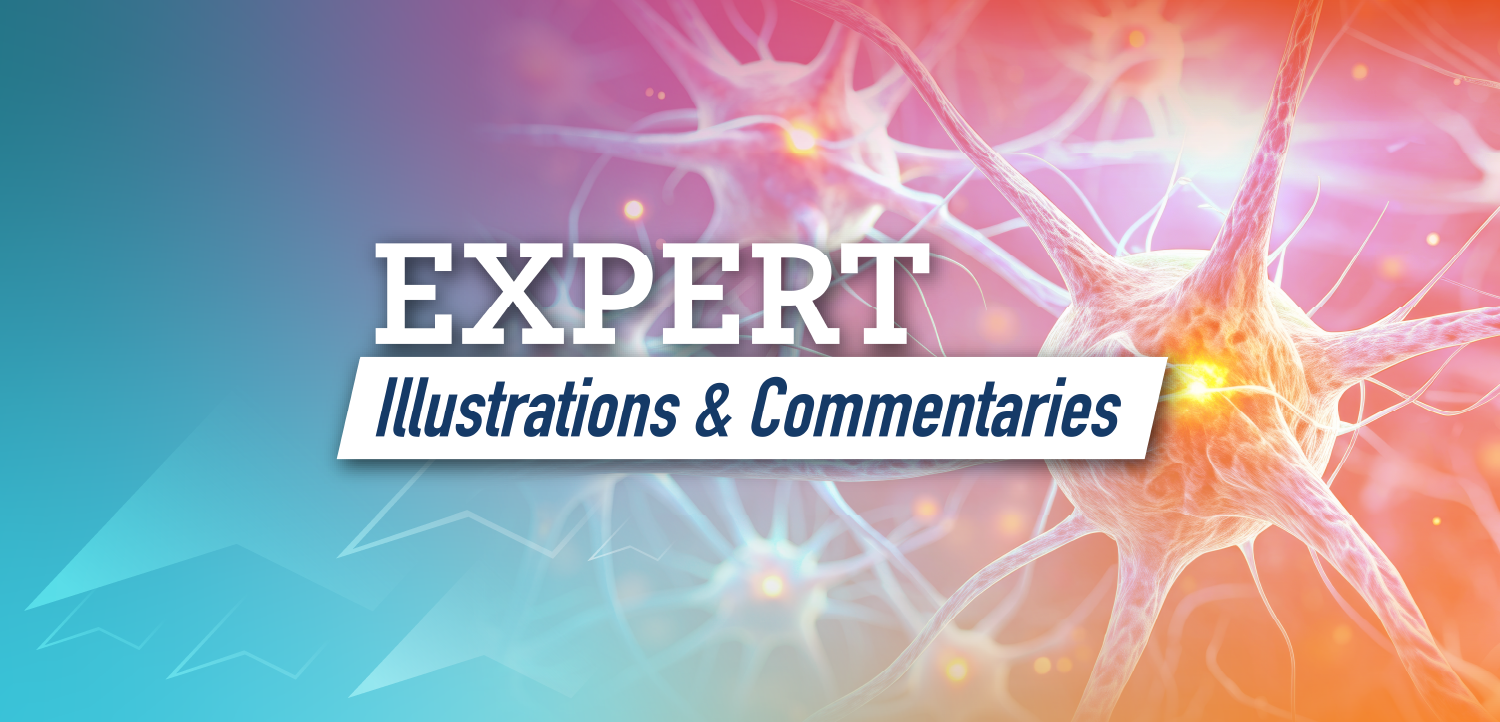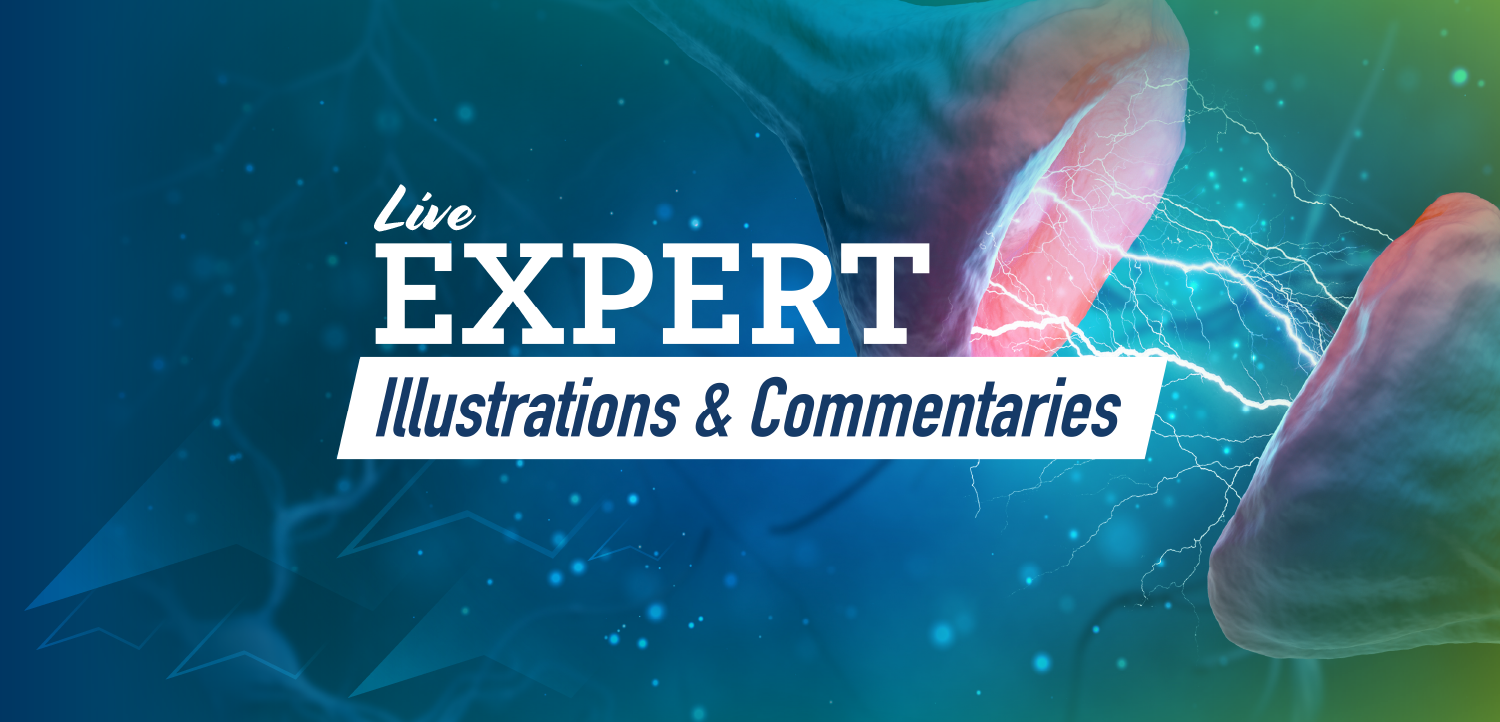
Mood disorders are common in women and typically emerge during the childbearing years. While pregnancy has traditionally been considered a time of emotional well- being, recent data indicate that about 10% to 15% of women experience clinically significant depressive symptoms during pregnancy.












